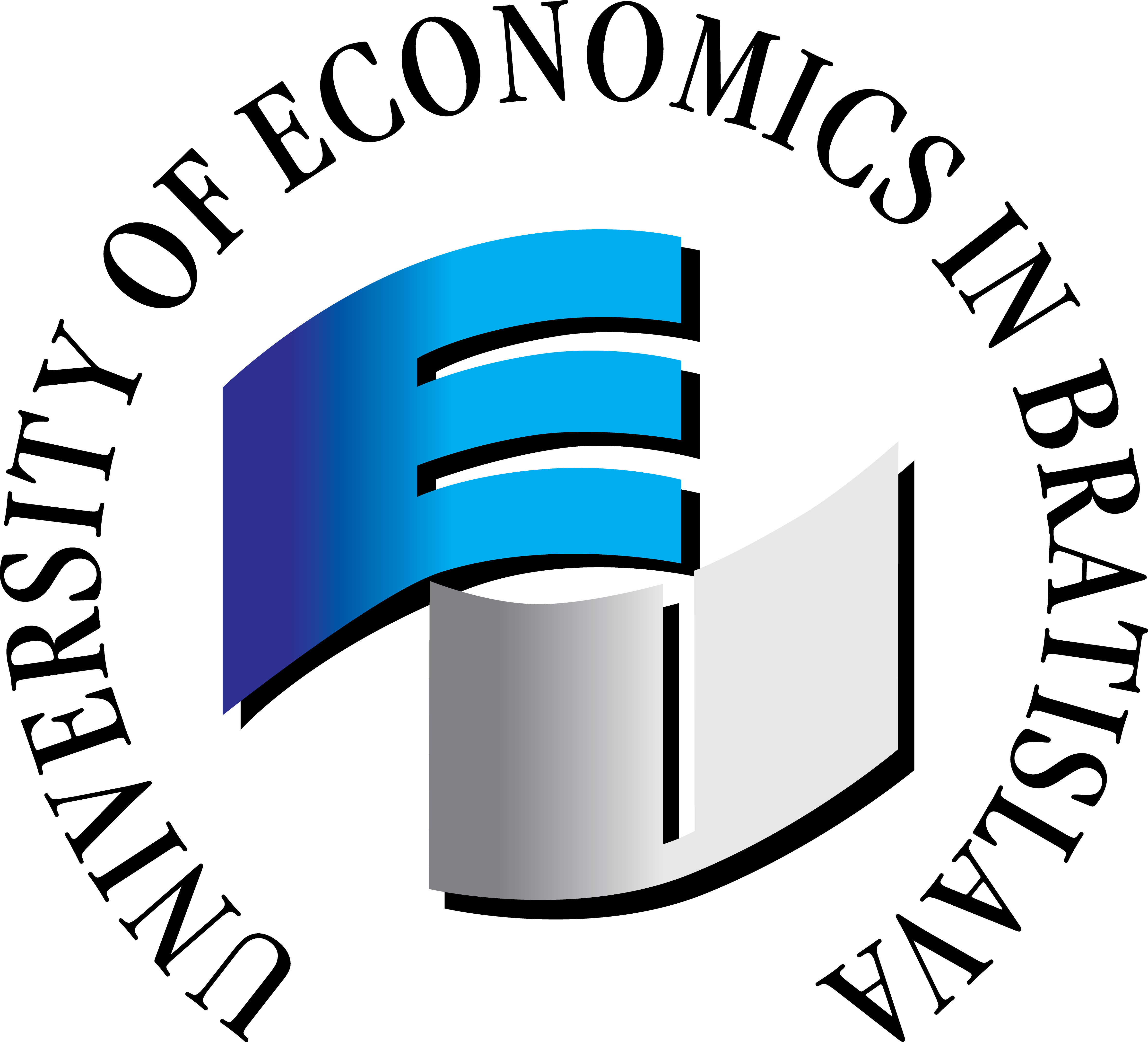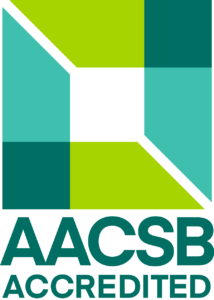Introduction to Actuarial Science
- Credits: 5
- Ending: Examination
- Range: 2P + 2C
- Semester: summer
- Faculty of Economic Informatics
Teachers
Included in study programs
Teaching results
Completion of the course Introduction to actuarial science the development of key competencies in the areas of new knowledge, competencies and skills.
Knowledge and understanding:
Students will understand the system of risk management in insurance companies and gain basic knowledge about the R language, actuarial science and actuarial analysis, which are used in actuarial practice.
Competences:
Based on the above knowledge, students can understand actuarial terminology and master the basic qualitative procedures and quantitative methods used in actuarial analysis, acquire the basics of critical thinking and can assess the advantages and disadvantages of risk management procedures.
Skills:
As part of the educational process, they will acquire such skills that will enable students to perform basic actuarial analyzes, use the R language in these analyzes and orient themselves in the EU Solvency II Directive and the principles of actuarial science.
Indicative content
1. Risk, insurance and insurance market.
2. Regulation of the insurance market.
3. Actuarial science.
4. Actuarial software.
5. Actuarial statistics.
6. Enterprise risk management.
7. Actuarial models.
8. Actuarial demography.
9. Actuarial analyzes in life insurance.
10. Actuarial analyzes in non-life insurance.
11. Risk transfer. Reinsurance. Global reinsurance market.
12. New trends in insurance risks.
13. Financial market instruments.
Syllabus
1. Risk, insurance and insurance market. 2. Regulation of the insurance market. 3. Actuarial science. 4. Actuarial software. 5. Actuarial statistics. 6. Enterprise risk management. 7. Actuarial models. 8. Actuarial demography. 9. Actuarial analyzes in life insurance. 10. Actuarial analyzes in non-life insurance. 11. Risk transfer. Reinsurance. Global reinsurance market. 12. New trends in insurance risks. 13. Financial market instruments.
Requirements to complete the course
30% written work,
10% semester seminar work, resp. project,
60% oral exam.
Achieving at least 51% of the maximum points assigned for the exam.
Student workload
Total study load (in hours): 130 hours
26 hours of lectures,
26 hours of exercise,
39 hours of self-study in preparation for the exam,
13 hours preparation for seminars,
6 hours elaboration of a semester project,
20 hours preparation for written work.
Language whose command is required to complete the course
slovak
Date of approval: 05.02.2025
Date of the latest change: 27.08.2025

